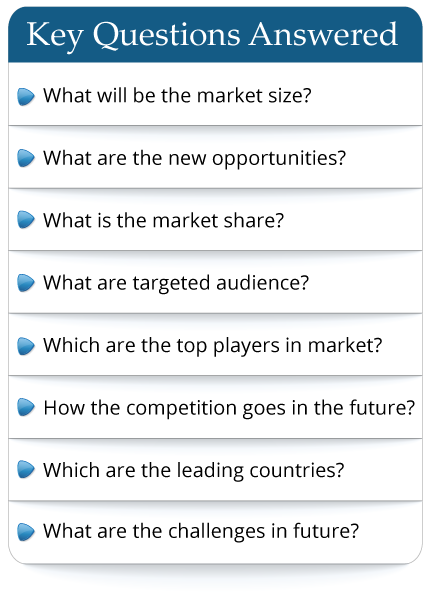A jacket is a mid-stomach–length garment for the upper body. A sport jacket is a kind of jacket kind which is usually used for doing sports, sometimes also called athletic jackets.
Due to the COVID-19 pandemic, the global Sport Jackets market size is estimated to be worth US$ 2313.1 million in 2021 and is forecast to a readjusted size of US$ 3180.8 million by 2028 with a CAGR of 4.6% during the forecast period 2022-2028. Fully considering the economic change by this health crisis, the Europe Sport Jackets market is estimated at US$ million in 2022, while the United States and China are forecast to reach US$ million and US$ million by 2028, respectively. The proportion of the United States is % in 2022, while Chinese percentage is %, and it is predicted that China market share will reach % in 2028, trailing a CAGR of % through the analysis period. As for the Europe Sport Jackets landscape, Germany is projected to reach US$ million by 2028. and in Asia, the notable markets are Japan and South Korea, CAGR is % and % respectively for the next 6-year period.
The sport jackets industry concentration is very low, there are many manufacturers in the world, the top brand such as Nike and Adidas only accounts for about 5% market share of the total volume. The products are mainly manufactured in Asia (Southeast Asia countries and China). The main consumption regions are USA and Europe, accounting for more than 50% of the total consumption volume. However, emerging markets such as China and Brazil, are growing at a faster rate than the traditional market.
This report focuses on Sport Jackets volume and value at the global level, regional level, and company level. From a global perspective, this report represents overall Sport Jackets market size by analysing historical data and future prospect. Regionally, this report focuses on several key regions: North America, Europe, China, Japan and Austrilia, etc.
Global Sport Jackets Market: Segment Analysis
The research report includes specific segments by region (country), by company, by Type and by Application. This study provides information about the sales and revenue during the historic and forecasted period of 2017 to 2028. Understanding the segments helps in identifying the importance of different factors that aid the market growth.
Segment by Type
Men
Women
Kids
Segment by Application
Ball Sports
Non-Ball Sports
Leisure Time
Others
By Region
North America
U.S.
Canada
Europe
Germany
France
U.K.
Italy
Russia
Asia-Pacific
China
Japan
South Korea
India
Australia
China Taiwan
Indonesia
Thailand
Malaysia
Philippines
Vietnam
Latin America
Mexico
Brazil
Argentina
Middle East & Africa
Turkey
Saudi Arabia
U.A.E
By Company
Nike
Adidas
Puma
Skechers
Under Armour
Mizuno
VF
Guirenniao
Billabong
Anta
Li-Ning
BasicNet
ASICS
Xtep
361 Degrees
Lululemon
Peak
Due to the COVID-19 pandemic, the global Sport Jackets market size is estimated to be worth US$ 2313.1 million in 2021 and is forecast to a readjusted size of US$ 3180.8 million by 2028 with a CAGR of 4.6% during the forecast period 2022-2028. Fully considering the economic change by this health crisis, the Europe Sport Jackets market is estimated at US$ million in 2022, while the United States and China are forecast to reach US$ million and US$ million by 2028, respectively. The proportion of the United States is % in 2022, while Chinese percentage is %, and it is predicted that China market share will reach % in 2028, trailing a CAGR of % through the analysis period. As for the Europe Sport Jackets landscape, Germany is projected to reach US$ million by 2028. and in Asia, the notable markets are Japan and South Korea, CAGR is % and % respectively for the next 6-year period.
The sport jackets industry concentration is very low, there are many manufacturers in the world, the top brand such as Nike and Adidas only accounts for about 5% market share of the total volume. The products are mainly manufactured in Asia (Southeast Asia countries and China). The main consumption regions are USA and Europe, accounting for more than 50% of the total consumption volume. However, emerging markets such as China and Brazil, are growing at a faster rate than the traditional market.
This report focuses on Sport Jackets volume and value at the global level, regional level, and company level. From a global perspective, this report represents overall Sport Jackets market size by analysing historical data and future prospect. Regionally, this report focuses on several key regions: North America, Europe, China, Japan and Austrilia, etc.
Global Sport Jackets Market: Segment Analysis
The research report includes specific segments by region (country), by company, by Type and by Application. This study provides information about the sales and revenue during the historic and forecasted period of 2017 to 2028. Understanding the segments helps in identifying the importance of different factors that aid the market growth.
Segment by Type
Men
Women
Kids
Segment by Application
Ball Sports
Non-Ball Sports
Leisure Time
Others
By Region
North America
U.S.
Canada
Europe
Germany
France
U.K.
Italy
Russia
Asia-Pacific
China
Japan
South Korea
India
Australia
China Taiwan
Indonesia
Thailand
Malaysia
Philippines
Vietnam
Latin America
Mexico
Brazil
Argentina
Middle East & Africa
Turkey
Saudi Arabia
U.A.E
By Company
Nike
Adidas
Puma
Skechers
Under Armour
Mizuno
VF
Guirenniao
Billabong
Anta
Li-Ning
BasicNet
ASICS
Xtep
361 Degrees
Lululemon
Peak
Frequently Asked Questions
This market study covers the global and regional market with an in-depth analysis of the overall growth prospects in the market. Furthermore, it sheds light on the comprehensive competitive landscape of the global market. The report further offers a dashboard overview of leading companies encompassing their successful marketing strategies, market contribution, recent developments in both historic and present contexts.
- By product type
- By End User/Applications
- By Technology
- By Region
The report provides a detailed evaluation of the market by highlighting information on different aspects which include drivers, restraints, opportunities, and threats. This information can help stakeholders to make appropriate decisions before investing.

 Pre-order Enquiry
Pre-order Enquiry Request Free Sample
Request Free Sample












